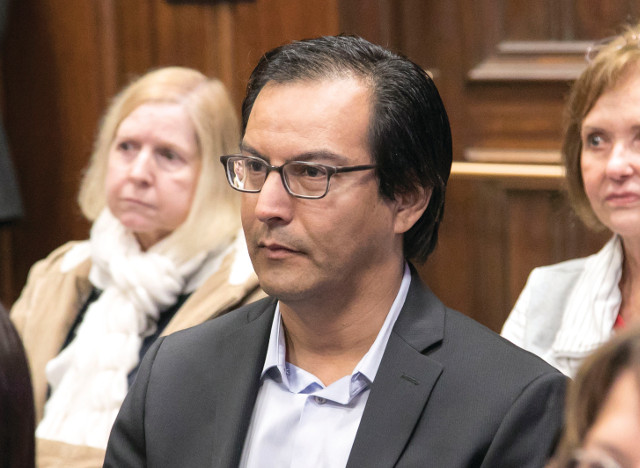District Elections Coming to Santa Maria
City Makes Major Voting Change in Face of Lawsuit

Rather than risk an explosively expensive legal challenge that would all but certainly fail, the Santa Maria City Council voted to take the first steps toward adopting district elections to replace the at-large system that’s been in effect since 1905. Leading the charge was Jason Dominguez, an attorney and a member of the Santa Barbara City Council — he was the first to be elected under Santa Barbara’s recently adopted system of district elections.
Dominguez put the City of Santa Maria on notice in December with a letter suggesting that racially polarized voting “may be occurring.” Under the California Voting Rights Act, the legal threshold for racial polarization is so low that even a city like Santa Maria — with a majority of Latino councilmembers and 10 Latinos elected in the past 20 years — would probably run afoul of the law. To date, no city in the state has successfully defended itself against claims of racially polarized voting.
Santa Maria City Manager Rick Haydon speculated City Hall would lose $2 million fighting a losing legal battle and that it would be better to settle now and pay Dominguez only $30,000 in legal fees. Dominguez and his client — Hector Sanchez, who unsuccessfully ran for council in November — gave short shrift to the issue of racial polarization, dismissing it as a necessary but secondary legal technicality. The real issue, they contended, is that district elections make elected officials more accountable and responsive to the people who elect them.
Issues of racial polarization are nothing new to Santa Maria, where Latinos make up a majority of the population. Its former mayor, George Hobbs, infamously declared in 1989, “We have a Mexican problem in Santa Maria.” Although his remarks were roundly condemned, Santa Maria’s government center — where council elections take place — is named after him.
The council voted to phase district elections in over time. How the districts are drawn has yet to be determined. Voter turnout in Santa Maria tends toward the low side of the spectrum, with voters typically choosing more conservative candidates. While the council might have a majority of Latinos, for example, it’s currently 100 percent Republican. To the extent Democrats get elected in Santa Maria, it’s only one at a time.


